The Return to the British Indian Ocean Territory
April 2020
Last month, Annie and I returned to the British Indian Ocean Territory following our first expedition in November 2019 (check out links below to watch videos from that expedition). Following last years trip, we returned to download the acoustic receiver data and build on the work already started.
Effective conservation of reef manta rays relies heavily on understanding the natural biological and oceanographic processes which drive their characteristic aggregation behaviour. In November 2019, the Manta Trust and the University of Plymouth embarked on their first research cruise to the Chagos Archipelago, British Indian Ocean Territory (BIOT), to begin collecting data on one of the least studied of the known reef manta ray subpopulations in the world. Focusing on Egmont Atoll, a known aggregation hotspot, we are using a suite of technology including acoustic telemetry to track the movements of individuals and relating those movements to oceanographic variables recorded using advanced oceanographic technology.
During the first cruise, 20 acoustic tags and five acoustic receivers were deployed along with an array oceanographic sensors. In March 2020, the team returned to the region to download the data which is stored on the instruments and to improve data collection efficiency by deploying additional tags, and to extend the acoustic receiver array from five to 15.
When the team arrived in BIOT, conditions were poor with continuous winds in excess of 20 knots and intermittent tropical downpours. With only a limited time in the field, the team had little choice but to brave these conditions to conduct on-water surveys to find the manta rays. As a region where few surveys have been conducted, the whereabouts of mantas at this time of year was uncertain, however, after less than 30 minutes on the first day, an aggregation of more than 20 mantas was encountered. Upon entering the water, we quickly became aware that we would also be challenged by extreme currents which made it impossible to hold position even with intense finning, and visibility was also poor (<10m). To be able to deploy tags in these conditions, in-water activities had to be carefully orchestrated. After three days and a fantastic team effort, 12 tags had been deployed bringing the total to 32, and we could now turn our attention to retrieving the detection data from the five acoustic receivers which were deployed in November 2019.
Acoustic receivers were recovered using a combination of freedive to attach a recovery line and the Tethys Supporter to winch the mooring on to the deck. With little respite from the strong winds and rough seas, careful timing was imperative, and the whole cruise team pitched in. After recovery, over 16k detections from 19 of the 20 tagged reef manta rays were downloaded from the five acoustic receivers. These five, along with a further ten, were then deployed creating an extensive acoustic array at Egmont Atoll.
During the cruise, we were also able to photographically document a total of 67 encounters of 39 reef manta rays, of these, 28 were previously undocumented which has increased the Manta Trust's BIOT database to 190 individuals. The team also managed to obtain six tissue biopsies for DNA and stable isotope analysis and eight plankton samples. The oceanographic moorings were also recovered, and all the data was downloaded before they were redeployed.
Due to the remoteness of BIOT, there is no mobile or internet, so contact with the outside world is limited to a few short emails via satellite communication. Due to the lack of contact, we had little knowledge of the events surrounding the COVID-19 epidemic. On the sixth day at Egmont Atoll, we received word that we should cut the expedition short and steam back to the Maldives. However, the situation was changing rapidly, and the country went into lockdown, travelling there now might mean the team would be stranded. Instead, we headed to the Tethys Supporter's home port in Seychelles. As we had effectively been 'quarantined' on the ship for more than 14 days, we would be allowed to enter after a doctor had checked us all for COVID-19 symptoms. The journey to Seychelles took five days, and the team were quietly anxious over the uncertainties of making it back to the UK. Fortunately, we made it just in time for the last flight home!
Despite the limited time we had in the field and the challenging conditions during the March 2020 cruise, the team made outstanding progress. We are now looking forward to the third BIOT research cruise when data from the 15 acoustic receivers will be downloaded which is going to provide an unprecedented insight into how the 32 tagged mantas are using Egmont Atoll. This data will then be analysed along with the long-term oceanographic data and plankton samples to help identify the natural biophysical drivers of reef manta ray movements and aggregation behaviour.
JOANNA HARRIS
Chagos Manta Ray Project Leader






